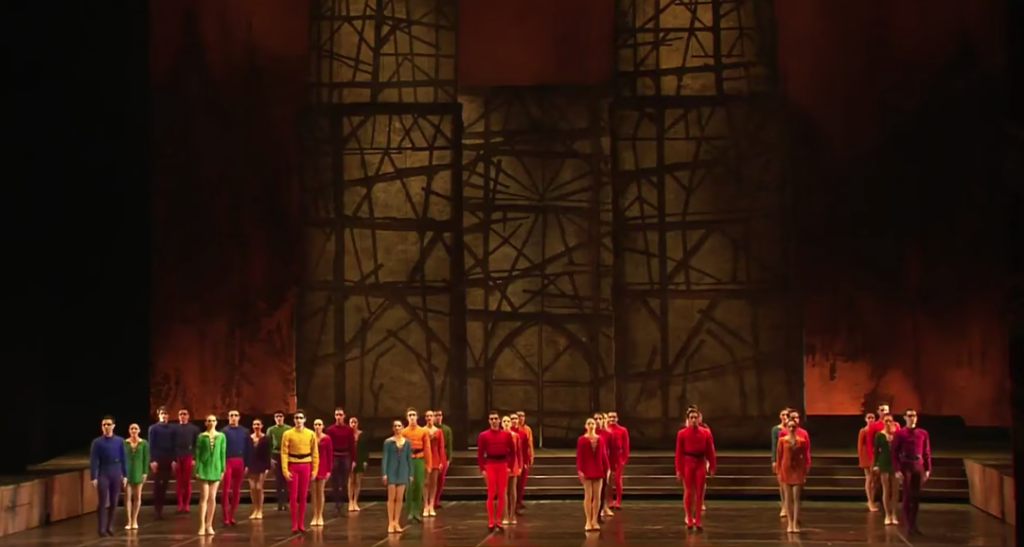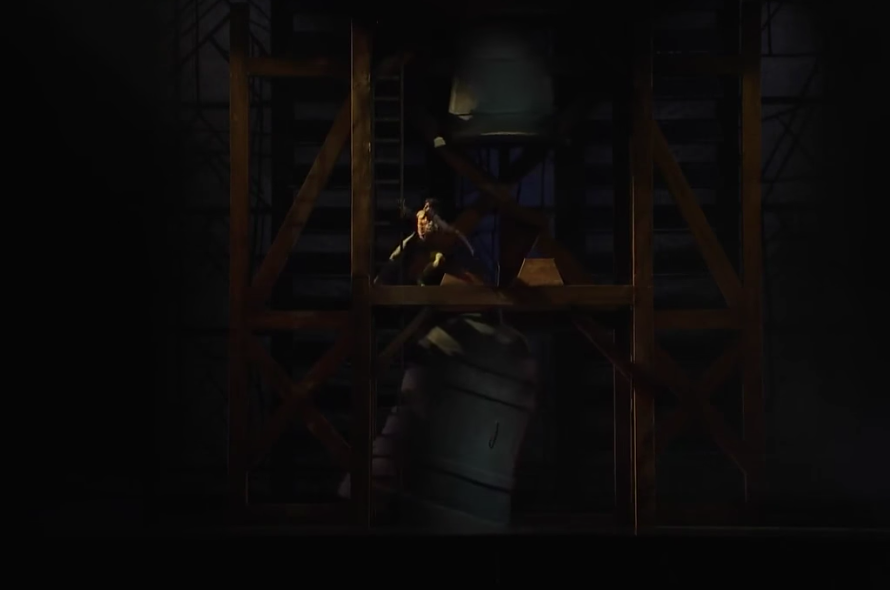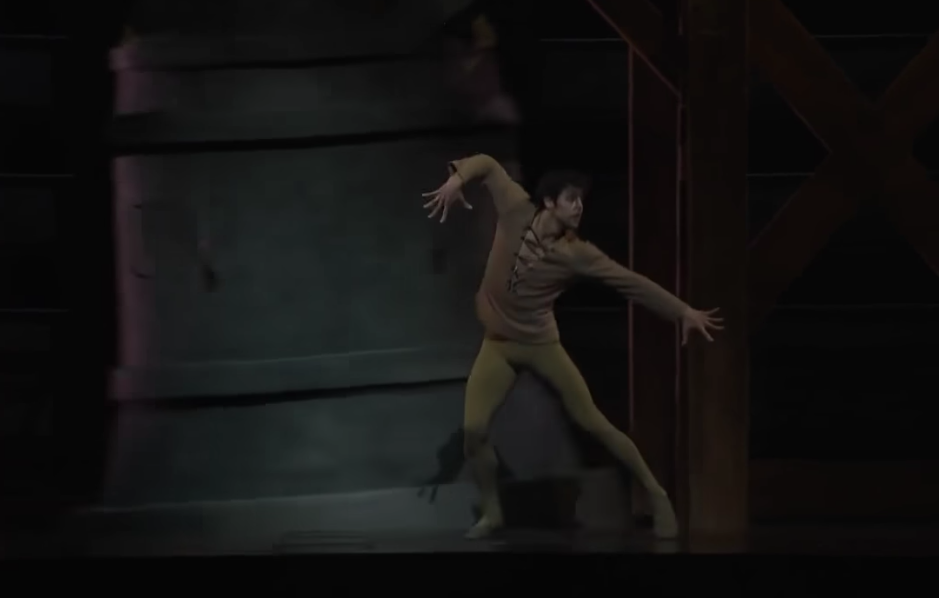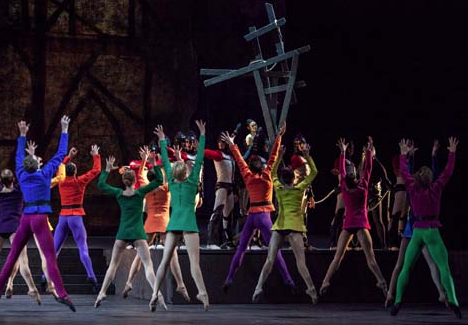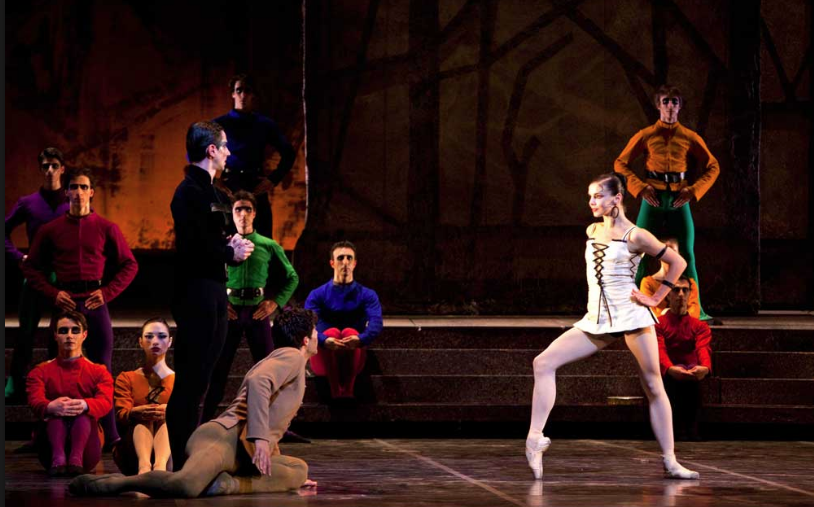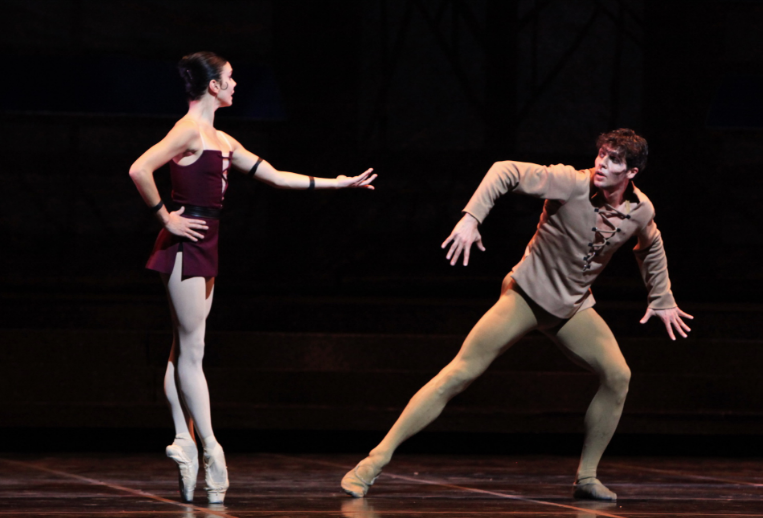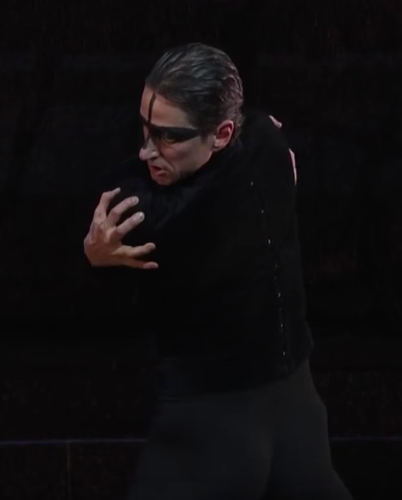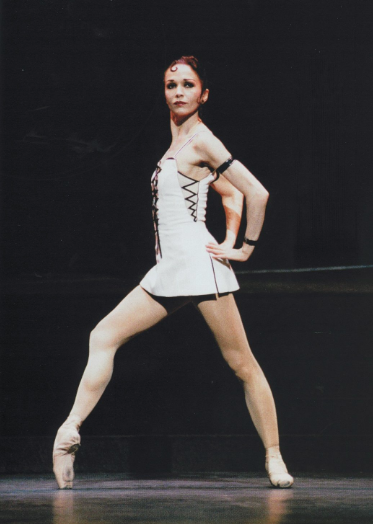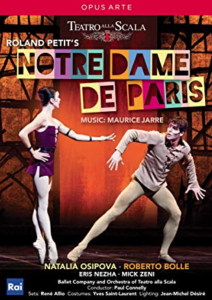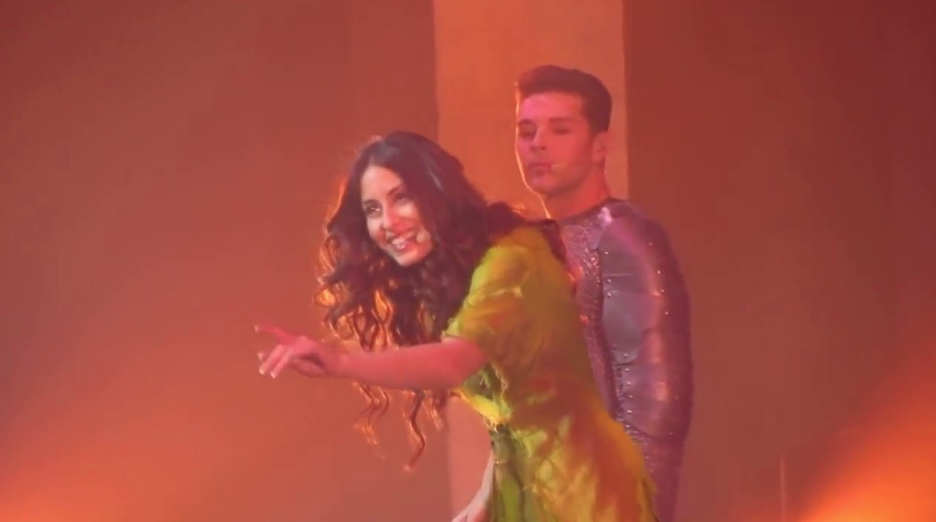
Hiba Tawaji as Esmeralda & Martin Giroux as Phoebus
I have been watching videos of the most recent cast of Notre Dame de Paris and I noticed something about Hiba Tawaji’s portrayal of Esmeralda that was just off. It was something I couldn’t place but it was something I didn’t like. It was like she was trying to do too much but not succeeding. She just wasn’t coming off as natural but forced.
Just so we’re clear this has nothing to with her as singer or person, this is just in her acting. She is fine as a singer.
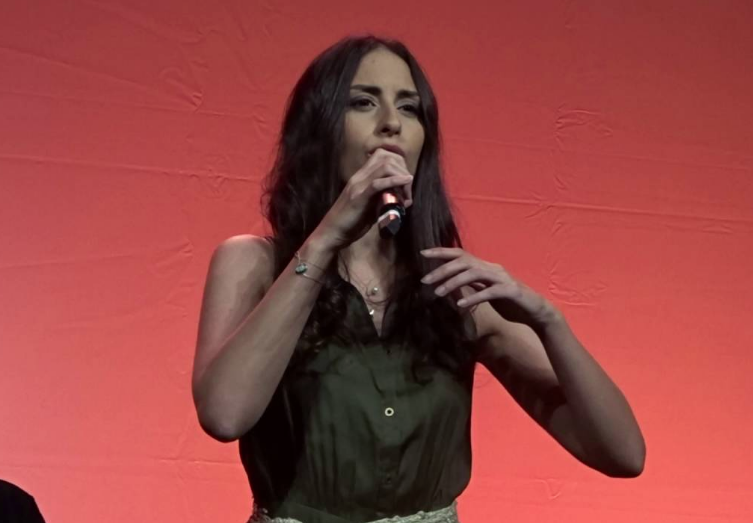
Hiba Tawaji singing Bohemienne
The weirdness in her acting was further noticeable when you watch the preview when the cast was announced. She is singing Bohemienne and she was coming off as sweet, happy and natural. From that video she seemed like the perfect Esmeralda. But then you watch the performance and she has a weird expression on her face and she trying to be sultry and playful and doing weird arm movements.
This led me to watch every Bohemienne performance I could find to see what the other Esmeraldas were doing since there is a bit of a disconnect from Segara’s original performance to what other Esmeraldas do with the song. I say this because I’m most familiar with Segara’s version but it’s not the standard anymore.
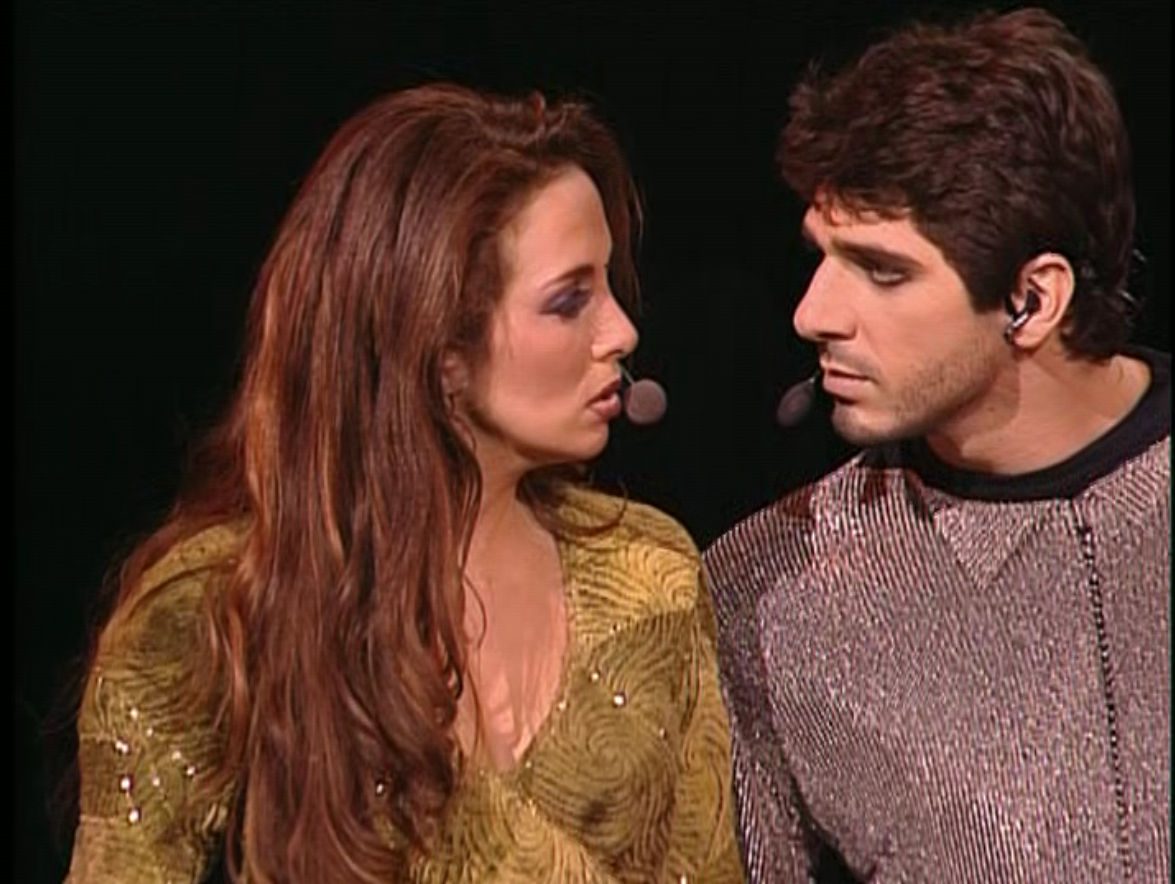
Esmeralda and Phoebus Notre Dame de Paris
Bohemienne, under at least Segara, starts off mysterious and somewhat aloof. Some Esmeraldas maintain some mystery but in other parts of the song. The reason why Segara’s Esmeralda starts this way was because of changes to the lead-in to the song. In the original Frollo starts off by ordering Phoebus to arrest the refugees in which he immediately runs into Esmeralda and then she starts her song after he asks her who she is. There is a threat here with Phoebus, as he was starts pursuing her and then tries to flirt. She is aloof because she on her guard.
In subsequent versions Phoebus gets his orders, there is a scene shift and then runs into Esmeralda already dancing for the people. She is unaware of Phoebus’ orders. So the song is already upbeat and happy at the start.
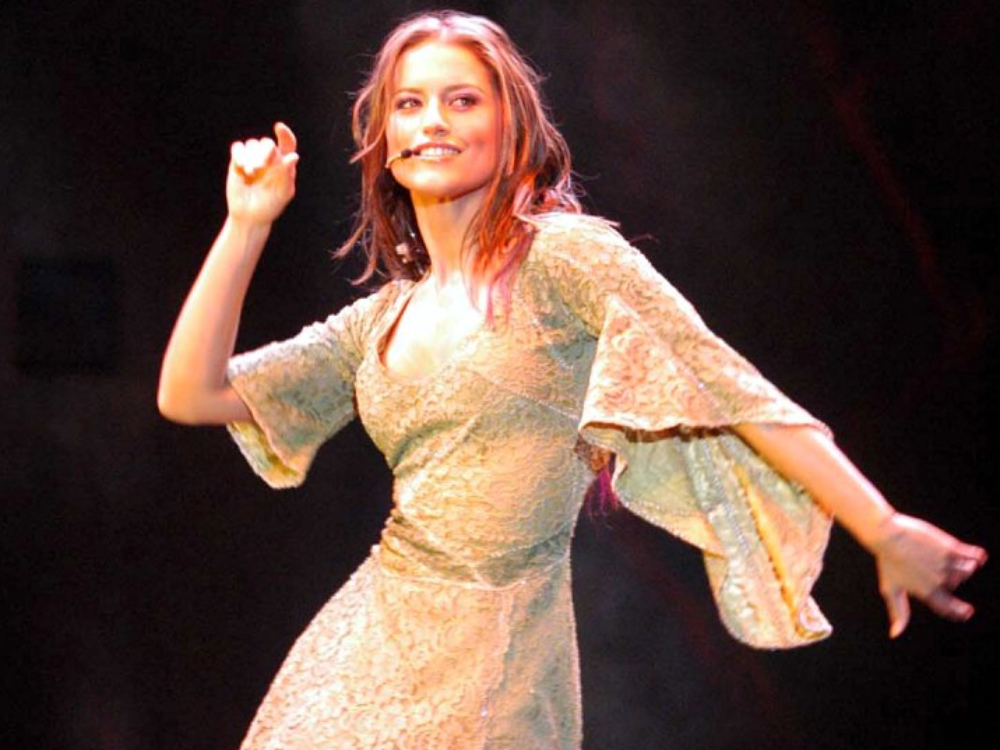
Lola Ponce as Esmeralda Italian Notre Dame de Paris
Most Esmeraldas perform Bohemienne in a happy upbeat playful manner. Dancing varies but most try to move in a dancing like fashion whether or not it looks natural. Probably the best Esmeralda at conveying the spirit of a dancer and a playful flirtatious attitude is the Italian cast Original Esmeralda, Lola Ponce. She is very natural in this performance. However the trade-off is her singing suffers. While it’s not bad she does get breathy and out breath in places but you can forgive it as she commits.
Many Italian Esmeraldas follow Ponce’s example in the playful flirty persona. Some try and focus more on singing so they don’t commit as fully. Some are just less natural in their movements and you can see them aiming to hit the next mark.
Other Esmeraldas it’s just hard to tell if their happy and succeeding in the choreography because the quality of footage is bad.
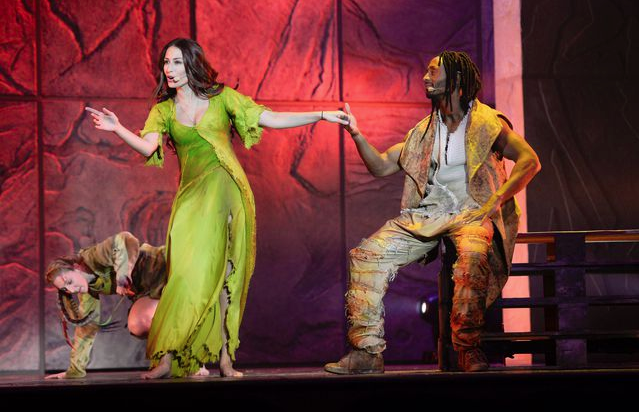
Hiba Tawaji as Esmeralda & Jay as Clopin
So it’s a question of choreography vs singing vs an Esmeralda who is natural with their movements. It would be unfair to put the blame solely on Tawaji as the choreography is weird at times. Like when she gesturing out towards the audience, why? Or maybe she’s just not super comfortable trying to move sensually while trying to be playful, effervescent and flirtatious while maintaining good vocals. It’s a tall order if not impossible But then you watch Tawaji perform other songs in the show there is still that awkwardness with her movements so I don’t know. She could not be a very adept actress, great singer and not good in the acting department, she wouldn’t be the first singer not great at acting.
However there seems to be awkwardness with Daniel Lavoie’s movements in this version opposed to his original performance, so I really don’t know what to think. Could be the director? Or maybe this all better live and the videos are not doing the performances any justice?
The point is in the case of Bohemienne there is no right way to perform the song. The performer can be more playful, aloof, flirtatious, sensual, wistful, youthful etc. However it does seem like sometimes the minor choreography can get in the way of the performer’s natural movements and that is when an Esmeralda can look mechanical or awkward and that is something an Esmeralda should never be.
